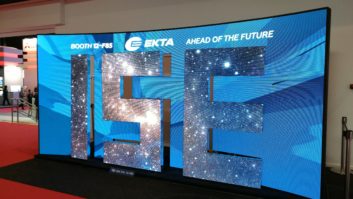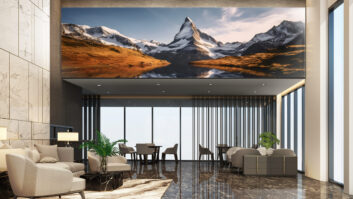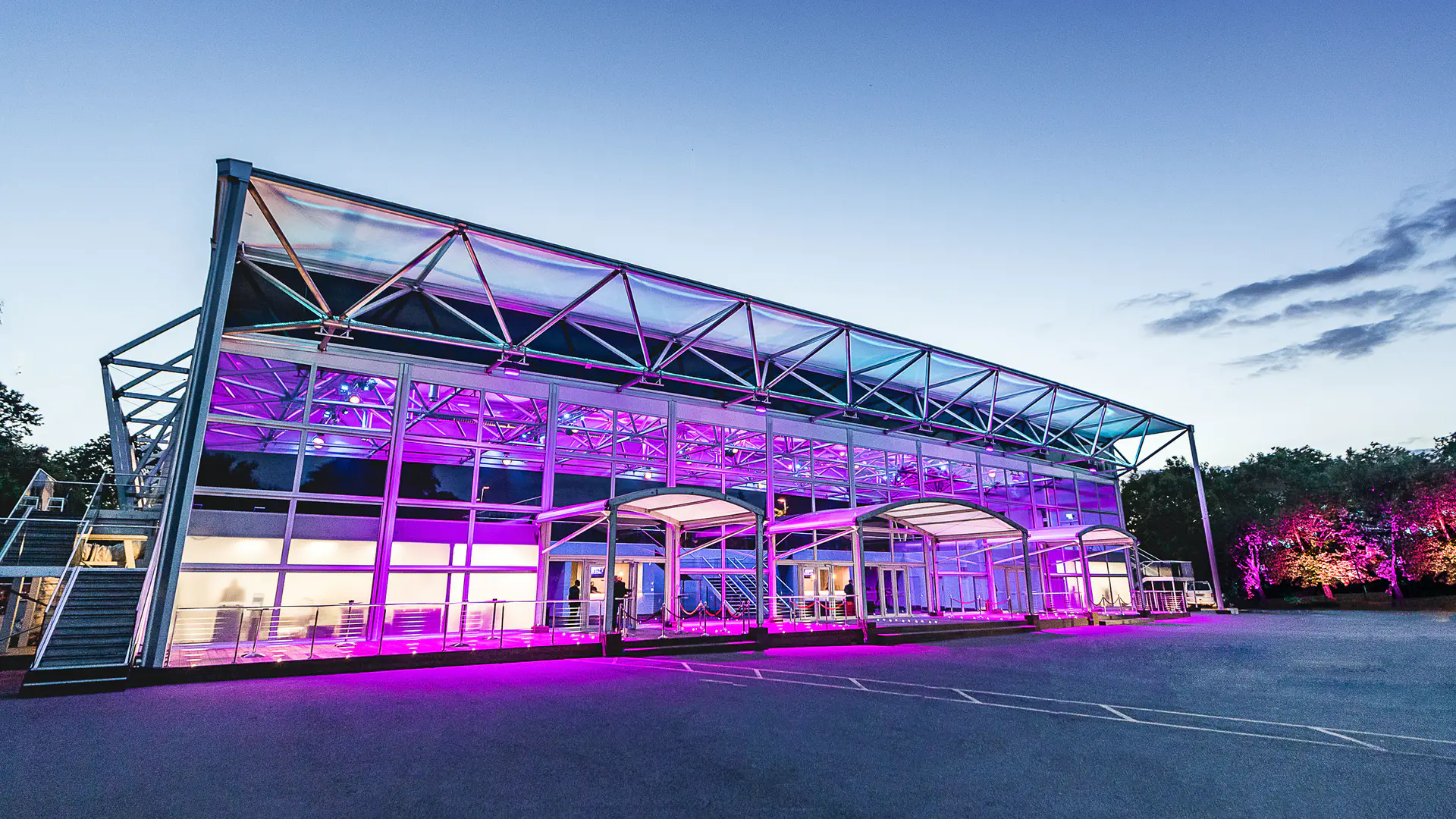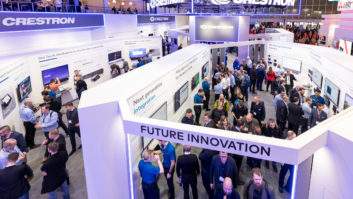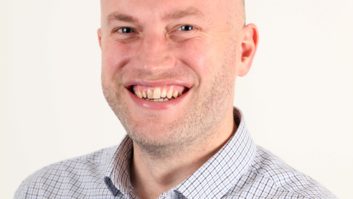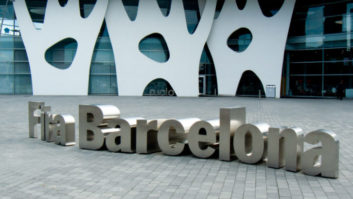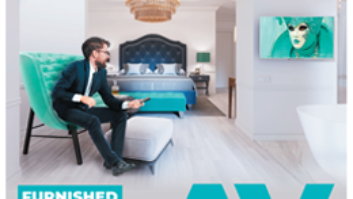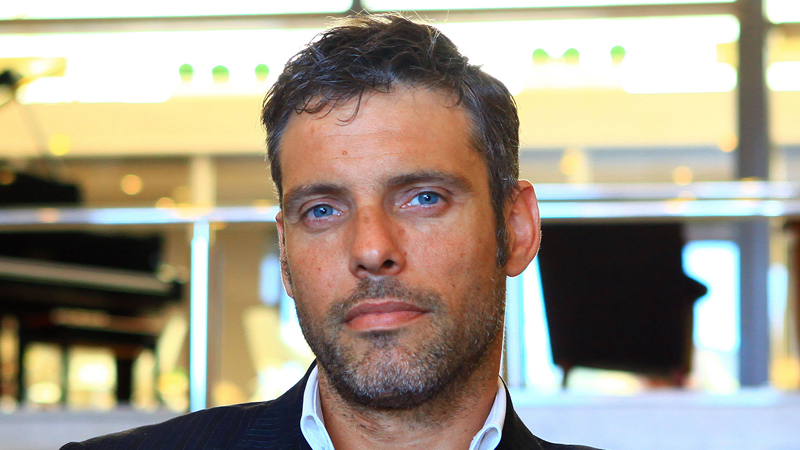
Not that long ago the industry trade show, certainly within audio, was widely being declared a thing of the past. Long-established shows were disappearing from the calendar, visitor numbers were falling in those that remained, and the feeling was that companies might be better redirecting their budgets into their own marketing events or roadshows.
ISE has bucked this trend – and how! Growing in under 15 years from a tiny show with 3,500 visitors into the behemoth we’ve just experienced with a footfall of over 80,000, it has amply proved that there’s plenty of life in the trade show concept.
Of course, from the perspective of an exhibitor, taking space at a trade fair could never be described as cheap. But the benefits offered to a company like mine by a highly successful exhibition in a particular market – that the world’s experts, most important customers and the influential trade press for that market are gathered in a single location for a few days a year – goes way beyond anything my company could possibly organise alone.
Single-company roadshows or events can suffer from the echo chamber effect where you can end up meeting people who are already your customers. Industry-wide trade shows, by contrast, have the widest possible reach. They also enable you to discuss the industry’s hot topics of the day with like-minded others, and to find out as soon as possible what your competitors will be releasing in the near future.
Successful experiment
ISE’s success since its inception has of course mirrored the massive expansion in the installation and integration industry. When we first exhibited at the show in 2007, it was an experiment: “Let´s see if this new market could work for us…?” Today, ISE is our most important show and that “new” market has become our core business. Over the same period, we’ve seen the AV and systems control markets move much closer together; many traditional pro-audio companies have expanded their product ranges, focusing more on control solutions, while traditional control systems manufacturers now offer (for example) loudspeakers, because the aim is now to offer a complete solution to the customer.
“From my point of view, ISE is at a crossroads”
At the same time, companies have merged to form groups that can offer these kinds of complete integrated solutions. ISE was founded at the right time to take advantage of all these trends, and no other show existed to represent the growing market. Even the choice of location was smart: Amsterdam can be reached from anywhere in central Europe in a day, and many companies can even go to the show and back in a day by train, plane or car. It’s well connected for those coming from further afield, including southern Europeans like myself or those from the UK, has extensive flight connections to the rest of the world, and there has always been plenty of accommodation at a variety of prices.
Challenges
Nothing succeeds like success, and ISE’s organisers can proudly say that they have beaten competition from the USA to create the world’s biggest AV show. But with success come challenges. Demand from exhibitors is still rising, and ISE has now overtaken IBC as the biggest show at the Amsterdam RAI. Already, many exhibitors have had to move out into tents outside the halls. Well built and comfortably heated though these are, it’s clear that the show has reached its limits in Amsterdam.
I also understand that the city’s available accommodation is also all but maxed out during the show (more accommodation is due to open next to the RAI, but this won’t be until ISE 2020 at current estimates). From my point of view, ISE is at a crossroads: its continued success depends on how its organisers manage the next couple of years. Do they decide to move location? If so, can the show’s new home accommodate all its potential customers now and in the years ahead, and will it be as easily accessible for everyone?
Everyone I have spoken to is confident that there are solutions to these problems, as am I, and, of course, they are nice problems for a show to have – but I understand after speaking to the organisers that they require careful thought. As a solid supporter of and enthusiastic visitor to ISE, I look forward to finding out what the solutions will be.
